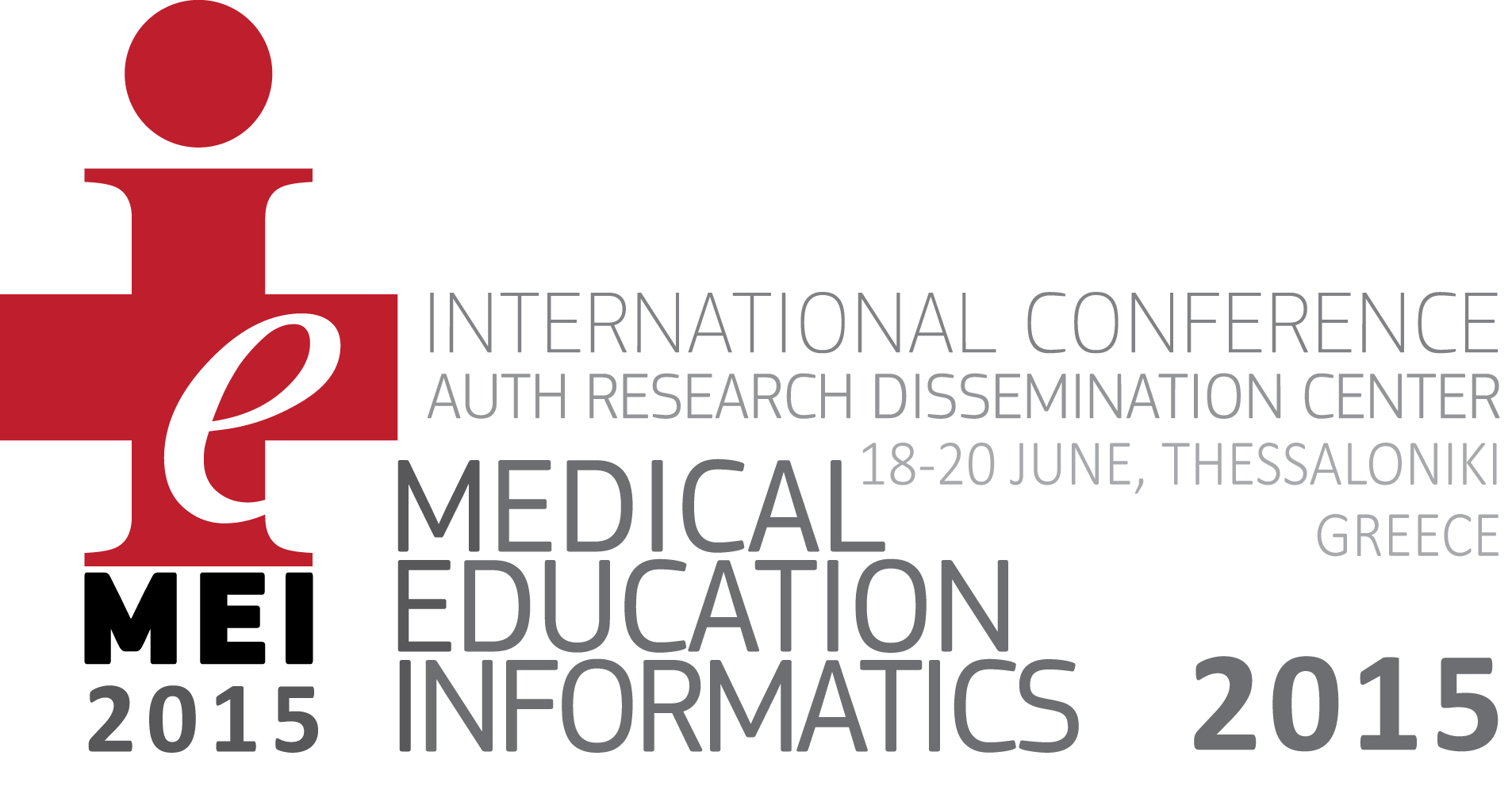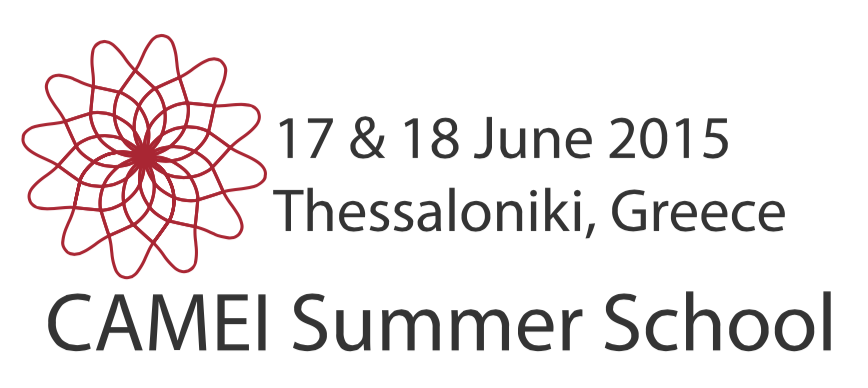You are here
Home › Using virtual patients for self-study in teaching biomedical sciencesUsing virtual patients for self-study in teaching biomedical sciences
Abstract:
Background:
KSMU is one of the partners in ePBLnet Tempus project focused to establish PBL and virtual patients in early years of medical curriculum. Within the project, 32 students learn anatomy, physiology, pathology, pharmacology and basic clinical medicine through PBL and virtual patients created in open-source platform OpenLabyrinth 3.2.
Objective:
We wanted to extend the experience with virtual patients to other students not involved into Tempus project. The best way to do it without modifying the curriculum radically was to introduce virtual patients for self-study.
Method:
Department of Molecular Biology and Medical Genetics uploaded the case on congenital genetic disorder into OpenLabyrinth. The case included lab data, multiple choice questions, decision points and short review of optimal decision pathway. Students were to practice with this case in their self-study time before coming to the teaching session about this genetic disorder.
Results:
Compared to students who did not practice on virtual patient, the participants displayed higher motivation to learning genetic disorders during the teaching session and demonstrated better comprehension of the studied material. Students were more confident in applying their knowledge to the real patient problem. Based on the results, KSMU made a decision to extend virtual patient environment to other disciplines and involve more students.
Conclusions:
Virtual patient environment is the valuable tool, even in the first years of medical school. Practicing with virtual patients during self-study time increases comprehension of the learning material, motivation and confidence of students. Medical schools should make effort to provide virtual patient experience to their students.
Session
Friday, 19 June, 2015 - 16:45 to 18:15


















